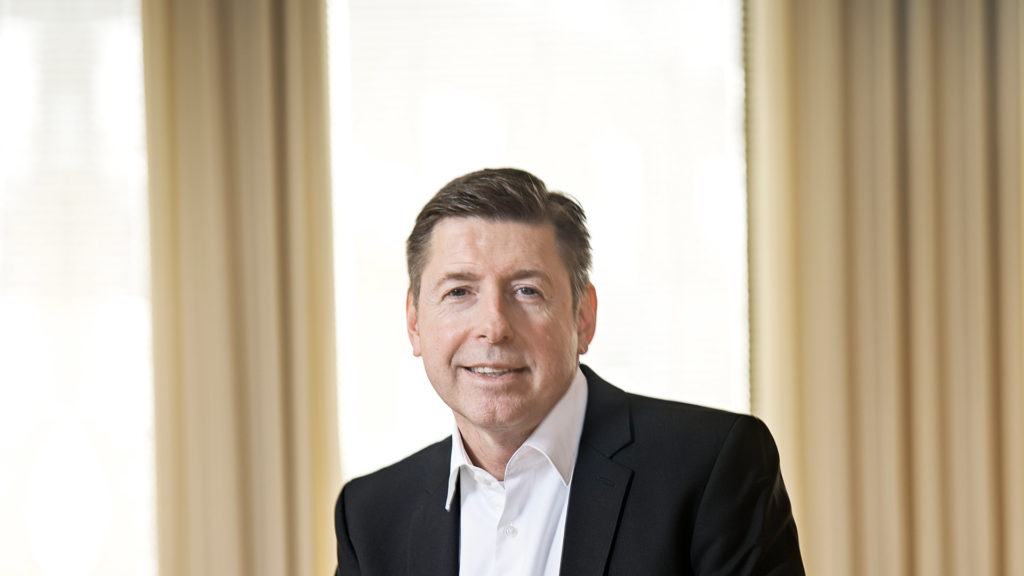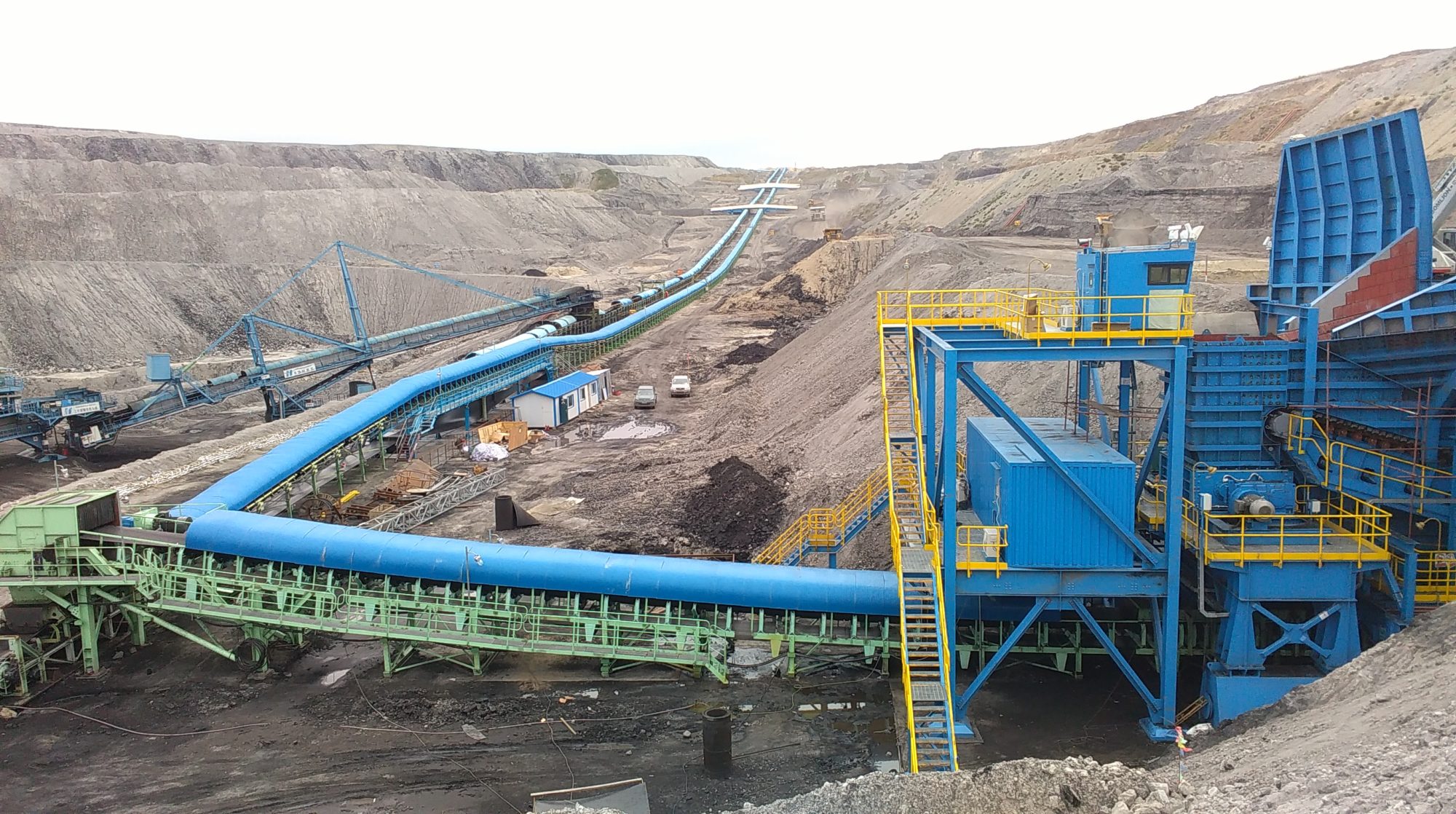The subtleties behind FLSmidth’s acquisition of thyssenkrupp’s mining business appear to have got lost within the financial community.
The company’s Denmark-listed shares, since announcing the transaction in late July, lost 16% of their value to August 20.
This downward move is hardly surprising when focusing on pure financials: FLSmidth is looking to acquire a company for an enterprise value of $325 million that is only expected to return to profitability two years after financial close.
Yet, this narrow train of thought discounts the well-timed strategy behind the move.
A combination of the two companies will undoubtedly create a leading global mining technology provider with operations from pit to plant. It will also see FLSmidth re-geared towards a mining sector on the up at a time when the cement business it serves is exhibiting flattish demand.
While this won’t be lost on analysts, most of them will only be able to factor in short-term profitability projections into their financial models, meaning, as far as they’re concerned, FLSmidth will be weighed down by the transaction until 2024.
Yet, for FLSmidth and mining, 2024 is practically ‘just around the corner’.
In FLSmidth’s recently released June quarter results it registered an order backlog of DKK16.7 billion ($2.6 billion), the majority of which was associated with mining orders. Of the backlog amount attributable to the mining sector, 16% would not be realised until 2023 and beyond.
This could mean many of the orders FLSmidth registered in the most recent June quarter will only be realised (read: delivered) in 2024, the year thyssenkrupp’s mining business is expected to be back in the black.
This is just one of the subtleties that may have got lost by shareholders fixated on the short term.
The second is how the transaction sets the company up as a mining sustainability leader at a time when the industry is calling out for one.
At the top end of the mining industry, the ability to decarbonise operations is becoming as – if not more – important as returning cash to shareholders. Every tonne of copper extracted and processed, and every ounce of gold mined and refined is likely to come with an associated carbon content/price in future years. The battery materials supply chain tied to the likes of lithium, cobalt and nickel will come under even more scrutiny.
Blockchain-type traceability platforms will mean investors and any interested party can interrogate where the raw materials came from and how they were produced.
These same miners will also be judged on how they use water, with freshwater use being rationalised in many regions where such resources are scarce.
FLSmidth, should the acquisition complete next year, is arming itself to compete in this brave new sustainable world.
The company started this journey all the way back in November 2019 when it announced its MissionZero program at its Capital Markets Day in Copenhagen.
Central to MissionZero is FLSmidth’s focus on enabling its customers in cement and mining to move towards zero emissions operations in 2030.
The OEM planned to do this by leveraging the development of digital and innovative solutions tied to sustainable productivity, offering its customers in the mining sector the technological solutions to manage zero emissions mining processes by 2030 – with a specific focus on water management.
For the latter, dry-stack tailings was the order of the day, with FLSmidth’s EcoTails® solution expected to reduce water costs, tailings dam risks and minimise environmental footprint. The development of the largest filter press plate ever built, the 5 m x 3 m AFP, was a signal of just how confident FLSmidth was on this emerging market trend becoming fully embedded across the globe.
Digital products such as SAGwise™, SmartCyclone™, BulkExpert™ and Advanced Process Control would, in the meantime, allow miners to become that more efficient with every resource (water, energy, etc) they used, again, improving their sustainability credentials.
Close to two years after making the MissionZero declaration, Thomas Schulz, CEO of FLSmidth, says the company has been seeing the program’s effects come through in its order book.
“Actually, this has been translated in orders for a few years already,” he told IM.
“When we look into sustainability, we define it as making productivity improvements. If you don’t adopt these sustainability solutions, you effectively have to pay more to keep operating at the same levels, or you have to stop operating – there is a productivity element to it, and quite a big one.
“For us, as a lifecycle provider, it is important that we offer to our customers at any point in time and any point of our offering, the right solution to make more money. That can be with dry-stacked tailings, tailings management, IPCC (in-pit crushing and conveying) systems, electrification of the pit, reducing emissions or dust, etc.”
Many of these solutions will enable companies to produce the same amount of product, or more, with the same input costs and energy draw, according to Schulz.
Coping with further restrictions on the industry’s access to freshwater will require more than step-change initiatives, and that is why the company is working on how its equipment can use “different types of water” and technologies that use less freshwater to ensure operations can abide by incoming legislation.
The company has been working on providing these zero-emission and resource-efficient solutions since 2019 to enable its customers to become sustainable operators by 2030.
“For many people, that sounds very long,” Schulz said. “In the mining industry, it’s not.”
Factor in the two-to-three years to build a pilot plant to prove such technology, two-to-three years to get a full-scale plant approved and the associated construction time, and a decade has passed.
Sustainability represents the ‘long game’ for mining OEMs, and technology is the key to achieving that sustainability, Schulz said.
Which brings us back to the thyssenkrupp mining business acquisition.
One of the big pillars
FLSmidth, in adding thyssenkrupp mining to its portfolio, is providing a whole host of decarbonised options for its mining customers to consider in their own sustainability drive.
It is adding mine planning expertise to its portfolio, ensuring that the IPCC and continuous surface mining technologies it puts forward are optimised for the operation at hand. These technologies are further complemented by semi-continuous and mobile crushing options from thyssenkrupp mining, adapted to the pit profile at hand.
Heavy-duty overland conveyors from thyssenkrupp mining complement other bulk handling solutions FLSmidth might be providing at stockyards or ports to reduce truck haulage and shift the transport dynamic to ‘green’ grid power.

Then, when it comes to comminution, a crushing (including primary jaw crushers) and screening portfolio, plus smaller milling options and expertise in high pressure grinding rolls (HPGRs) through the globally renowned Polysius business, is bolted onto FLSmidth’s own crushing and grinding (including vertical roll milling technology) portfolio. This puts the combined offering up there with any global OEM around, while also providing the potential ‘dry grinding’ technologies the industry has been on the lookout for.
All these solutions come with sustainability benefits that can be felt throughout the mining value chain.
They also provide options and flexibility to an industry that cannot just suddenly retire a fleet of ultra-class haul trucks at a deep open-pit operation in favour of a fixed IPCC solution, or build a new process plant fitted with HPGRs to replace a typical SAG and ball mill grinding circuit.
Schulz said as much to IM.
“One of the big pillars of the whole acquisition lies in sustainability,” he said. “Normally, the process plants where we play big are all electrified, so if the energy resource coming into these plants is a green one, the process is already sustainable.
“When we look into the pit, in-pit crushing and transporting of material is where we can focus a lot.
“I’m not saying you can replace every truck, but some of the surface mines and the ones underground can be made significantly more continuous and sustainable from a transport perspective.
“thyssenkrupp is leading in that. They are quite big in the pit; we are quite big in the processing plant. Both, together, are complementary.
“If we can integrate the offering – and we will do – and make it more sustainable, that is a big step towards the 2030 MissionZero target.”
This increased spread of solutions will also provide FLSmidth with more opportunities to refine the entire flowsheet, providing further sustainability benefits to its customers.
“When we design solutions, or offer replacement equipment or a new process, we can now rely on expanded competences to look at what the best overall system for the entire flowsheet is,” Schulz said. “For instance, if we change the gyratory on a mine site and then look into the pit, we know how to size the equipment in the pit and the concentrator upstream.”
This increasing flowsheet focus must be complemented by an aftermarket approach that ensures the process remains efficient and sustainable throughout a product’s, solution’s or mine’s lifetime.
This was one of the obvious disparities between the two companies when the announcement was made in late July. It is also one of the biggest opportunities that comes with the planned transaction, according to FLSmidth.
Whereas capital business represented 37% of mining revenue in 2020 for FLSmidth, it was 66% of revenue for thyssenkrupp’s mining business. Services represented 63% and 34% of the two businesses’ 2020 revenue total, respectively.
Schulz has seen such a contrast – and opportunity – before, referencing his arrival at FLSmidth in 2013.
“When I came here to FLSmidth, it was actually quite similar,” he said. “I was at Sandvik for 16 years where the aftermarket was actually seen as the most important. They realised the importance of the customer relationship: the capital equipment sales team may meet the customer for a few hours per year, but the service technician has that interaction over weeks and months in terms of aftermarket.”
He also recognises the cultural shift needed to capture many of the profitable aftermarket dollars that the company is forecasting with the planned acquisition.
“The culture in project service companies is you are the hero if you come to the table with the next big project,” he said. “In product service companies, you are the hero if you come with the next big profit.
“You need both – we need profit, and our customers need profit to invest, while you need the projects to spur these aftermarket opportunities.
“We calculated what the aftermarket potential of the thyssenkrupp mining business is and understood it was not covered as they were all looking for the next big project, which we understand.
“But this is not what we will accept in the future. We have to have a strong aftermarket and strong customer link.”
Which all comes back to MissionZero.
“If you focus on MissionZero, then you invest there where you can impact MissionZero. Wherever you have aftermarket, you impact MissionZero. Where you don’t have aftermarket, you don’t impact MissionZero.”
At the same time, Schulz is not losing sight of the company’s end goal with all the business it coordinates in the mining sector.
“Whatever we do with the customer, they have to be more efficient, more productive and make more money.”
It just so happens that in doing this, the mining sector will become that much more sustainable.











